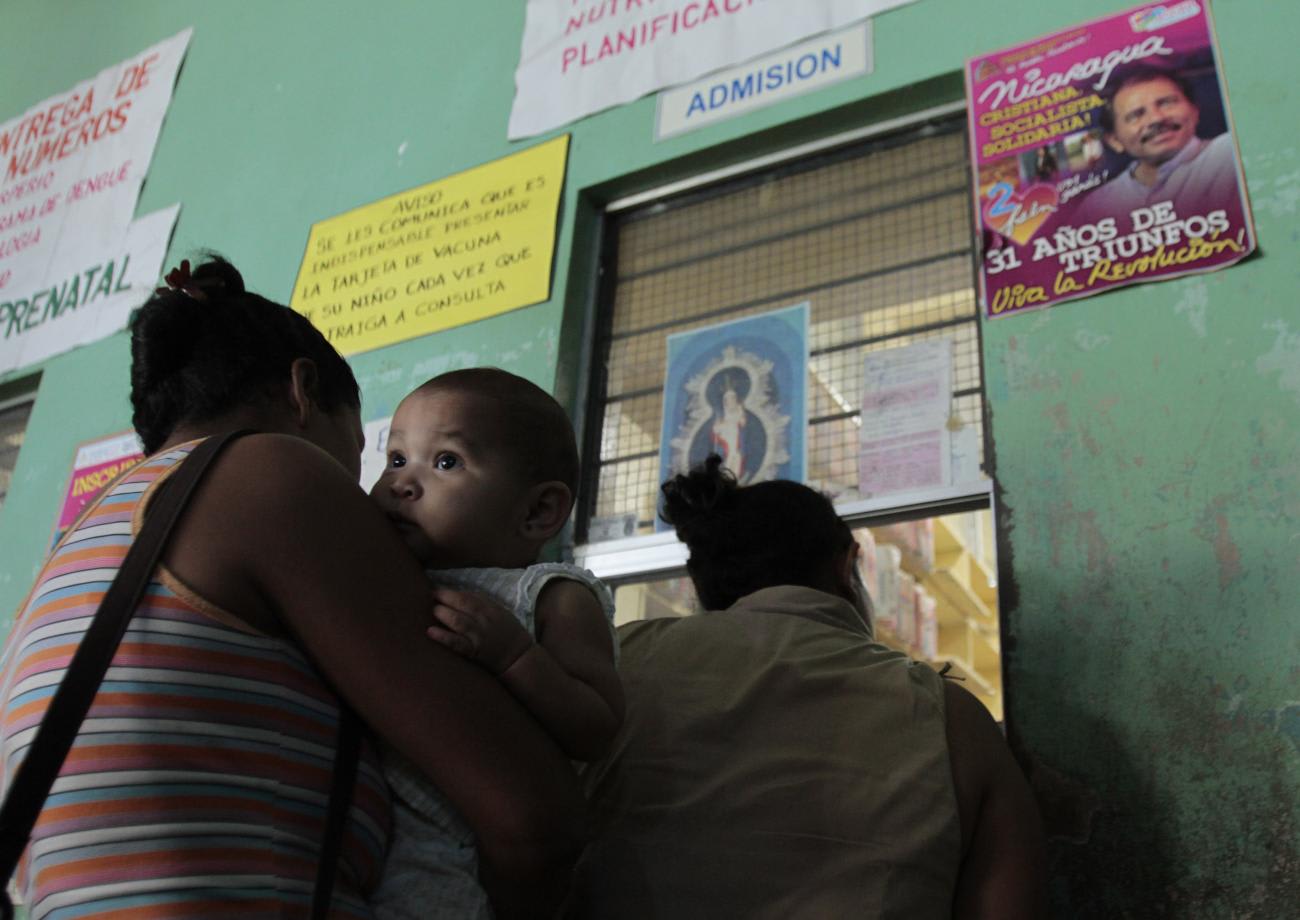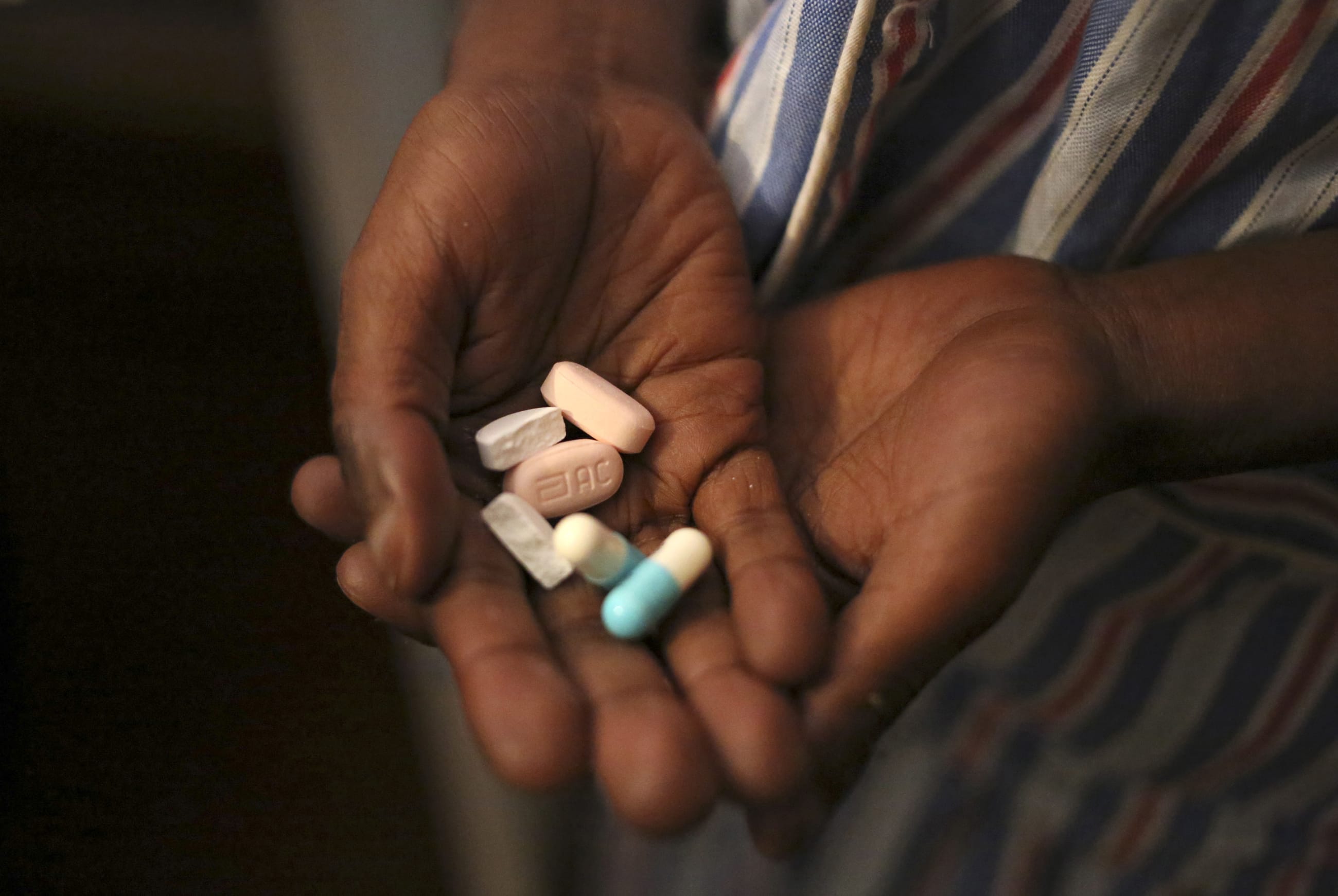Patients and employers in the United States pay the highest prices in the world for on-patent prescription drugs. This week, the Donald Trump administration issued an executive order aimed at addressing this disparity by utilizing a most-favored-nation (MFN) clause.
In essence, the order seeks to peg the price U.S. health plans and patients pay for a medication to the lowest price a drug company offers to countries with similar income levels or development status. Some health policy experts question whether this is the best path to lowering prices in the United States, but the decision could also have cascading implications for global health agencies serving low- or middle-income countries (LMICs).
Although, thankfully, the order does not apply MFN provisions against low-income countries, it could inspire other nations to adopt similar clauses, especially middle-income countries, leading to serious consequences for global health systems. Countries often emulate each other's procurement strategies, and MFN pricing is one such trend that could cascade quickly.
A cascading adoption of MFN pricing could undermine mechanisms that enable affordable access to essential medicines in low-income countries. This includes procurement platforms such as the Global Fund, Gavi-UNICEF, and the Global Drug Facility, all of which rely on tiered pricing arrangements to negotiate lower prices for poorer countries for on-patent drugs. Under tiered pricing, pharmaceutical companies offer lower prices to LMICs, recouping R&D costs with higher prices in wealthier markets. This practice is one of the most effective tools [PDF] for accelerating global access to new medicines and vaccines without undercutting incentives for innovation.
Tiered pricing is not the only tool, however. Voluntary licensing is another model in which originator companies allow other manufacturers to produce and distribute their drugs in specific geographies. Companies such as Merck, Gilead, Pfizer, and Novartis have used voluntary licensing to broaden access. Although licensing can drive competition and reduce prices, it's feasible only when patents allow it, manufacturing capacity exists, and the originator is willing to share its intellectual property (IP) and technical know-how.
When wealthy markets enforce MFN clauses or reference pricing, companies may delay or withhold launches in lower-price countries
In many cases, particularly with complex or newer treatments for noncommunicable diseases (NCD) such as cancer, voluntary licensing isn't viable. Some companies are reluctant to share IP, and too few manufacturers have the technical capacity to produce advanced medicines. In such contexts, tiered pricing remains essential. However, tiered pricing depends on the ability to maintain differentiated prices across markets. MFN pricing collapses that differentiation by requiring countries to match the lowest global price, potentially discouraging manufacturers from offering discounts to any country.
Studies have shown that when wealthy markets enforce MFN clauses or reference pricing, companies may delay or withhold launches in lower-price countries to avoid triggering price reductions elsewhere. A firm that fears having to match a low price offered to Kenya in the United States or Brazil could simply avoid selling at that price and stop serving the low-price country altogether.
MFN Threatens Middle-Income Country Discontent with Tiered Pricing
Because price discounting alone does not improve access, a series of concrete steps must accompany the discounts. Tiered pricing has enabled low-income countries to access new vaccines for pneumococcal disease (PCV) and human papillomavirus (HPV) at a fraction of high-income prices, and has expanded access to on-patent HIV treatments. Major agencies such as the Global Fund and Gavi depend on this model to manage program costs and introduce newer medicines. According to the 2018 Access to Medicines Index [PDF], 18 of the top 20 pharmaceutical companies implemented tiered pricing for more than 441 of 1,036 products analyzed—expanding access to essential NCD treatments in LMICs.
Yet the system has worked less well for strictly middle-income countries, which are not eligible for Gavi and Global Fund procurement channels, usually pay higher middle-tier prices, and have increasingly pushed for access to lower-tier pricing through tools such as reference pricing and MFN clauses. Such maneuvers have led to tension within the three-tier structure, when countries at different income levels demand equal treatment.

A clear example comes from the Pan American Health Organization (PAHO), which purchases vaccines at the same price on behalf of all its member states regardless of their income status. In the late 2000s, Gavi had negotiated a $7.00 price for PCV10 vaccines for low-income countries, which would fall to $3.50 over time. Meanwhile, PAHO couldn't secure this pricing because the offer from the drug manufacturer GSK was limited to Gavi-eligible nations. PAHO invoked an MFN clause to access similar pricing, raising concerns that manufacturers might respond by raising Gavi's prices rather than expanding low pricing to others. Eventually, Brazil struck a bilateral deal with GSK, and PAHO settled on a price of $14.85 per dose.
Now that the United States, the world's most innovation-friendly pharmaceutical market, is implementing an MFN clause, it is likely to encourage some middle-income countries to reinvigorate their ideas about MFN pricing. Although the U.S. policy limits comparisons to countries of similar income, other nations may adopt global MFN references.
Such an approach could dismantle the pricing architecture that underpins equitable global access and jeopardize the sustainability of organizations such as Gavi and the Global Fund. In an era of shrinking foreign aid budgets, neither low-income countries nor the global agencies that serve them can absorb such disruption.
Ensuring Safeguards for LMICs and Global Health Agency Pricing
Value-Based Tiered Pricing: Traditional tiered pricing based on average per capita country income overlooks how the value of a medicine or vaccine differs across countries because of variations in disease burden, health budgets, and opportunity costs. For example, a treatment could be cost effective in a high-income country but unaffordable or have less impact in a low-income setting where the same funds could save more lives using other interventions. Value-based tiered pricing is a more fair and more efficient alternative that aligns prices with the health gains and affordability in each country's context.
Now that the United States is implementing an MFN clause, it is likely to encourage some middle-income countries to reinvigorate their ideas
Limited market-specific insights on price, demand, and access barriers, coupled with high transaction costs, make it difficult for individual companies to implement tiered pricing programs in LMICs. A neutral, shared platform that reduces these transaction costs and links pricing to the value realized in each market could enhance the impact and sustainability of such programs.
This approach would shift pricing decisions from individual companies to a neutral third party, which could define pricing zones based on value rather than leaving companies to set market-specific prices. Initial discussions on creating a global access platform of this nature began during Trump's first term. Reviving and advancing those efforts with renewed focus could be a timely and strategic move toward enabling meaningful value-based tiered pricing.
Carveouts for Global Access: Ideally, the executive order will invoke better ways of ensuring affordability in the United States, such as through the described proposal, value-based pricing, and streamlining the channel [PDF] to eliminate middlemen. But if ultimately the United States does move forward with the MFN clause, it becomes imperative to clarify that the clause will not apply to LMICs—or for prices obtained by a global agency or humanitarian organization.
U.S. Departments of Defense and Health and Human Services contracts for COVID-19 antivirals included an MFN pricing clause that applied only to a set of "other wealthy countries." Significantly, it excluded lower-income countries: If a low-income country or NGO got a special donation price, it would not trigger the U.S. price match. This kind of carve-out is deliberate: It avoids disincentivizing manufacturers from offering deep discounts to low-income countries and global health agencies.
If the Trump administration advances the MFN proposal, it should say specifically "lowest price in a G7 country or Switzerland" and state explicitly that the United States respects the ability of companies with on-patent drugs to charge lower prices in the lowest income markets. Moreover, stress that countries should not use MFN clauses across income categories, because doing so would erode the pricing flexibility needed to sustain global access.













